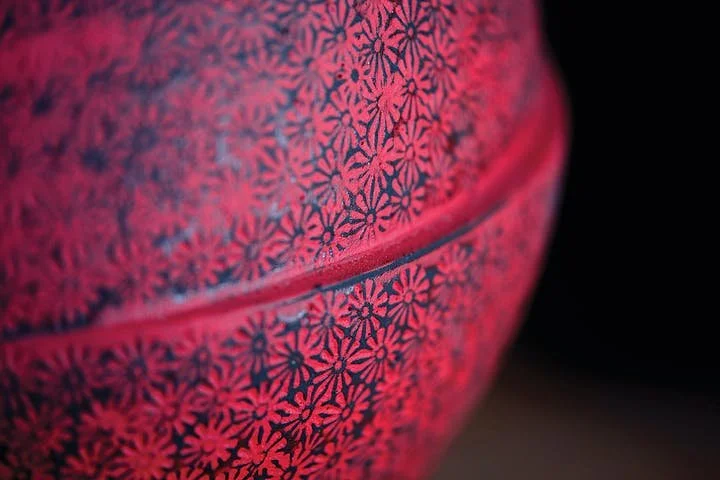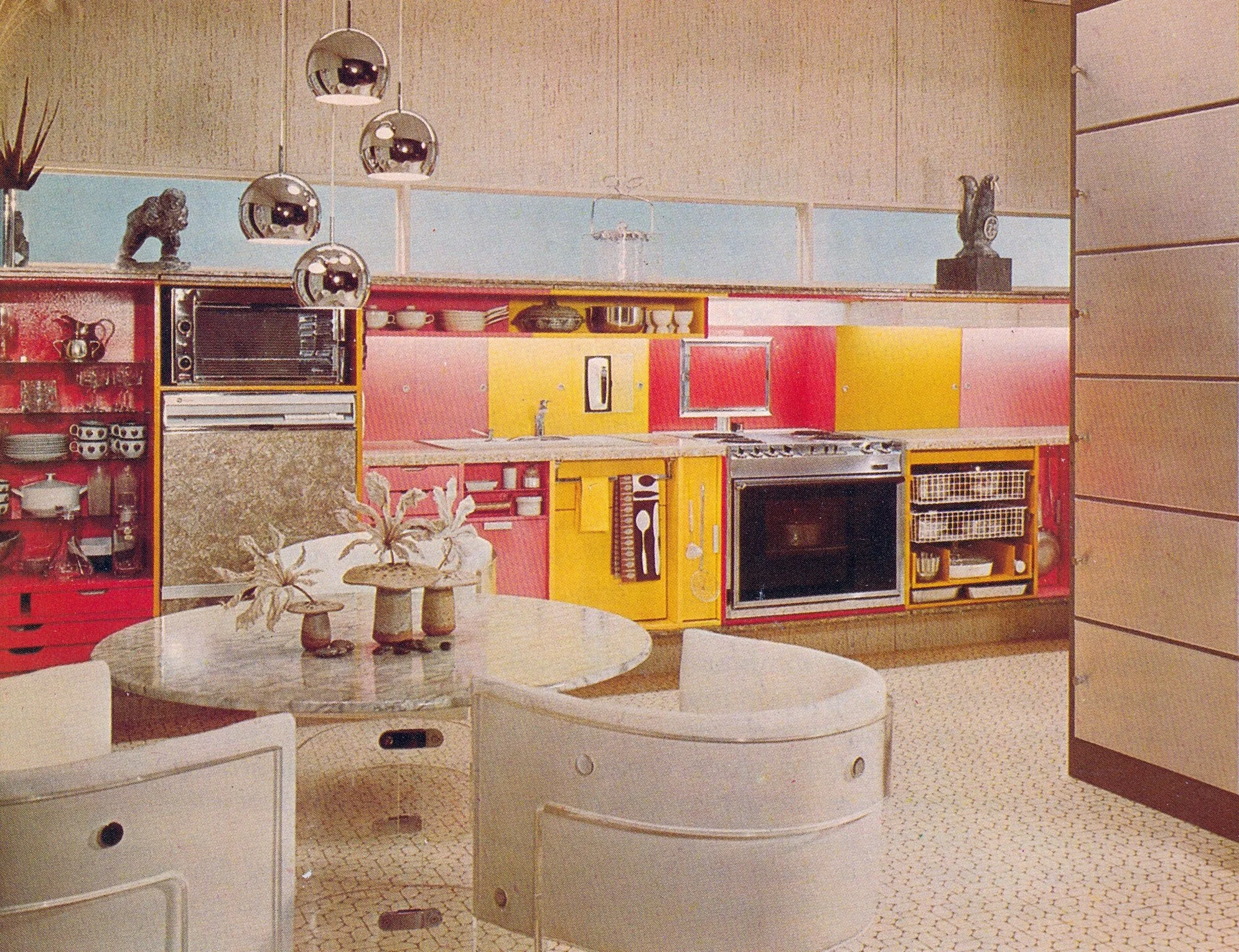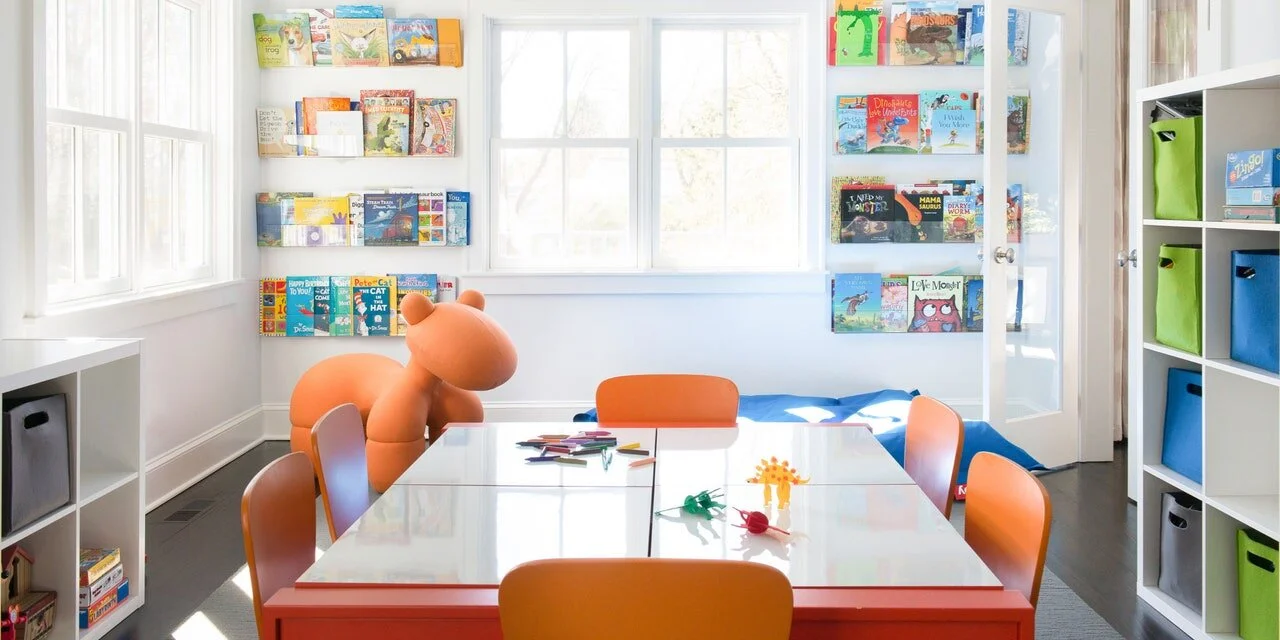Writing to her mother in July, 1770, a bemused Marie Antoinette—just 15 years old, and newly arrived at the court of Versailles—wrote of her daily routine “I put on my rouge and wash my hands in front of the whole world.” The sheltered and unprepared Dauphine of France wasn’t used to the sort of public display of intimate routines that characterized French royal life. Dressing, bathing, and dining were all spectator sports for members of the hereditary nobility with “Rights of Entry,” people whose official roles as intimate helpers meant proximity to the royal family and signified prestige.
Read MoreFrom the Meissen Porcelain Manufactory in Germany to Bullseye Glass in Portland, Oregon, residency programs that welcome studio artists into factory settings are such a vital part of artmaking today that one might assume the practice had been going on forever—or at least since the Industrial Revolution. But it’s only since the 1970s that the preeminent residency of its type, the Arts/Industry program at the John Michael Kohler Arts Center (JMKAC) in Sheboygan, Wisconsin, has been connecting visiting studio artists with the technical experts who oversee operations on Kohler’s factory floors.
Read MoreIn 2020, the COVID-19 pandemic enrolled us all in a curious domestic experiment: working and learning from home and deprived of the opportunity to travel or dine out, our homes became our entire worlds. And we’ve asked a lot of them: living spaces have become ad hoc offices, and we’ve learned to curate appealing backdrops for all our digital meetings, arranging plants and objects just-so. Because we’re out in the world less, our homes have taken an unexpected star turn. All of this nesting, from cooking and gardening to the resurgence of needlepointing and cross-stitch, has steered the entire design world in a very domestic direction, and its impact on trends, taste, and the marketplace will be felt for the foreseeable future. We asked a group of experts for their insights about what we can expect from 2021 and beyond. Even after a post-pandemic return to “normal,” how will our experience of this time shape our built environment and behavior?
Read MoreNurturing a Creative Practice. Visit artist Michele Quan’s website or her Instagram feed, and you’ll be greeted by an important question: Now that we’ve found love what are we going to do with it? This lyric from a 1970s song by the O’Jays—or Heavy D and the Boyz, if you prefer the ’90s cover version—is as relevant as ever. When you’re passionate and you love your material, when you find inspiration all around you and experience joy in sharing your work with others, how do you sustain that passion, and yourself, over the course of a long career?
Read MoreEven if you’re not standing inside PARADIGM GALLERY + STUDIO’s exhibition space in Philadelphia, you can find plenty of evidence around town of its artistic vision. Where once there were potholes, you’ll now see intricate mosaics by Chicago-based artist Jim Bachor, depicting such subjects as a Nestlé Crunch bar wrapper and an Arctic Splash iced-tea carton (a Philly favorite), embedded in the asphalt. Or you might stumble upon a citywide scavenger hunt, like the one for which artist CLINT TILLMAN REID installed tiny pen and watercolor illustrations in various outdoor locations, leaving clues on the gallery’s social channels.
Read MoreFor artist Béatrice Coron, coming to the art of paper-cutting in her late 30s meant that her new pursuit came with the gifts of life experience. “I was not born with a blade in my hand,” she said during her 2011 TED Talk, but she had spent her childhood learning to draw and paint, and had a lifelong love of observing things and capturing their essence in 2D forms.
Read MoreSang Joon Park understands the gifts that a maker can receive from the circumstances of his birth. He comes from a pottery family, and as a student in his native South Korea, he was an apprentice to one of his uncles, a traditional potter, for three years following his graduation from Mok Won University. Working in a busy studio as part of a team, he helped produce ceramics for export to Japan.
Read MoreBack in October, we heard First Lady Melania Trump pose what turns out to be a profound question: “Who gives a fuck about Christmas stuff and decorations?” she asked in a taped conversation with former senior adviser to the First Lady and author of the memoir Melania and Me, Stephanie Winston Wolkoff. The question is an especially complicated one this year, as Americans enter a holiday season that will unfold at the peak of the worst pandemic in a century.
Read MoreMinneapolis-based artist Dyani White Hawk considered the concept of the gift in all its complexity while she was preparing for her 2020 exhibition “She Gives” at the Plains Art Museum in Fargo, North Dakota. The title of her exhibition comes from a series of paintings called Quiet Strength. Three of the works in this series are titled She Gives (Quiet Strength). Here, the word “she” refers to the land, which White Hawk says “sustains us, carries us, and gives us everything we need,” to Indigenous women, whose art and contributions have long been left out of mainstream cultural narratives, and to all women.
Read MorePicture a woman in a print advertisement of the 1950s vacuuming her spotless living room while sporting pearls and high heels. She looks positively thrilled. It may seem silly to us now, but her delight makes sense in the context of her time. Let’s suppose she was born in the first decades of the 20th century. She could remember her mother or grandmother shoveling coal into a cast-iron kitchen stove, boiling water for a bath, doing laundry by hand and making every meal from scratch, forever worried that ingredients would go bad without a reliable way to cool them.
Read MoreScholars’ gardens, haciendas, glass-enclosed greenhouses: There’s nothing quite so magical as a private garden space where plants and flowers thrive, secluded from everyone except the birds, butterflies, and those few humans in possession of a key. Gramercy Park, the famed two-acre landscape in Manhattan that’s accessible to only those who live in immediately surrounding buildings, sets the precedent when it comes to private green spaces in the city. Rare other examples, such as the Macdougal-Sullivan garden that connects 21 row houses in Greenwich Village, are equally celebrated—and coveted.
Read MorePicture the domestic landscape as Sir Terence Conran once did. Well, you might not have to: perhaps you’re surrounded by a version of it as you read this. If you’re sitting in an open-plan space, there might be a wall of books dotted with plants and ceramics, illuminated by the soft glow of white paper lampshades in various shapes and sizes, some graphic posters on the wall, and a vibrant scheme of hues where patterns are bold and colors are primary.
Read MoreWhat tools and resources do communities need to live apart from the rest of society? How might their crafts manifest their ideals or support their utopian endeavors? In 1516, the philosopher and statesman Sir Thomas More introduced a new word to the English language when he published his book Utopia, describing a fictional ideal society on an island in the Atlantic Ocean. Derived from the Greek words ou (“no” or “not”) and topos (“place”), utopia literally means “not a place.”
Read MoreA few miles northwest of centre city Philadelphia, a 17th century-style Japanese house sits serenely in the landscaped gardens of Fairmount Park. Designed by architect Junzō Yoshimura (1908 – 1997) it was built for an outdoor exhibition, The House in the Museum Garden, at the Museum of Modern Art (MoMA) in 1954 – a gift from the government of Japan to the people of the United States as a gesture of friendship during the fraught postwar period.
Read More“Back to school”—a phrase that evokes fresh school supplies, new backpacks, and delighted parents—sounds a lot different this year, as millions of students across the country start classes from their homes. When the COVID-19 pandemic sent schools into virtual mode back in March, families scrambled to get up to speed on telecommuting technologies, carve out makeshift desk space in their homes, and keep kids and pets from making unplanned cameos in their remote work meetings.
Read MoreFor decades, the American dream kitchen has been covered in gleaming white surfaces, from subway tile to countertops to cabinets. Save for a few historic blips—think pink and turquoise in the post–World War II years, and avocado green and harvest gold in the ’60s and ’70s—white has remained the default choice for kitchen design, most recently embodied by the Pinterest-approved trend of light and bright cooking and dining spaces.
Read MoreThere are so many ways to describe the act of repairing something: to restore, reconstruct, rebuild, fix, mend, darn, patch, conserve, and heal, to name just a few. And there are nearly as many philosophies of repair that guide the professionals who bring objects back to life. The right approach depends on what the object is, where it lives, and who has been tasked with its care.
Read MoreThere are certain Japanese cultural exports that can be found almost anywhere. No corners of the developed world are yet untouched by Sanrio, fewer still by Pokémon; shelf-stable treats like Pocky sticks and arare, that savory and spicy rice cracker mix, are pretty standard fare in American corner delis. But within Japan, certain regional specialties are so beloved, and so hard to find, that big cities like Tokyo have dedicated special emporia just for them. They’re called antenna shops, though the name may be a little misleading: They don't sell old-fashioned TV sets with rabbit ears, or any of the sort of old-fashioned tech gadgets we may associate with them today. Instead, these “antennae” operate as Tokyo’s cultural receivers, and the signals come from all of the country’s 47 prefectures, each one with its own distinct identity and flavor.
Read MoreYou don’t have to be a vexillologist to wonder why the American flag has changed over the years (or why it was designed with stars and stripes in the first place). Questions like that serve as a portal into a fascinating world with deep roots in heraldry and a robust following among collectors. The flag of the United States — particularly its blue field with white stars — has changed quite a bit since it was first used to represent the Thirteen Colonies.
Read MoreThe cover of the July 1952 issue of House Beautiful featured a sunlit wooden table laid with Heath Ceramics dinnerware in earth tones and pale blues, each place setting with its own small covered dish promising something savory under the lid. Waves crashed in the background. It remains an ideal scene of California entertaining, something that Edith Heath was passionate about promoting and shaping throughout her career.
Read More



















